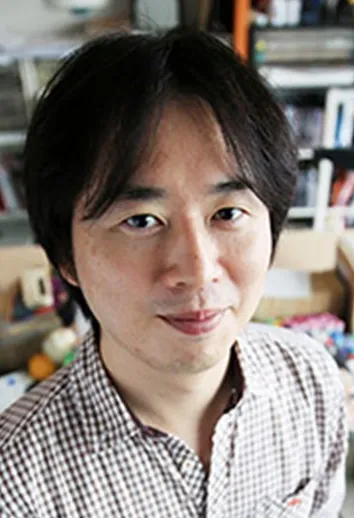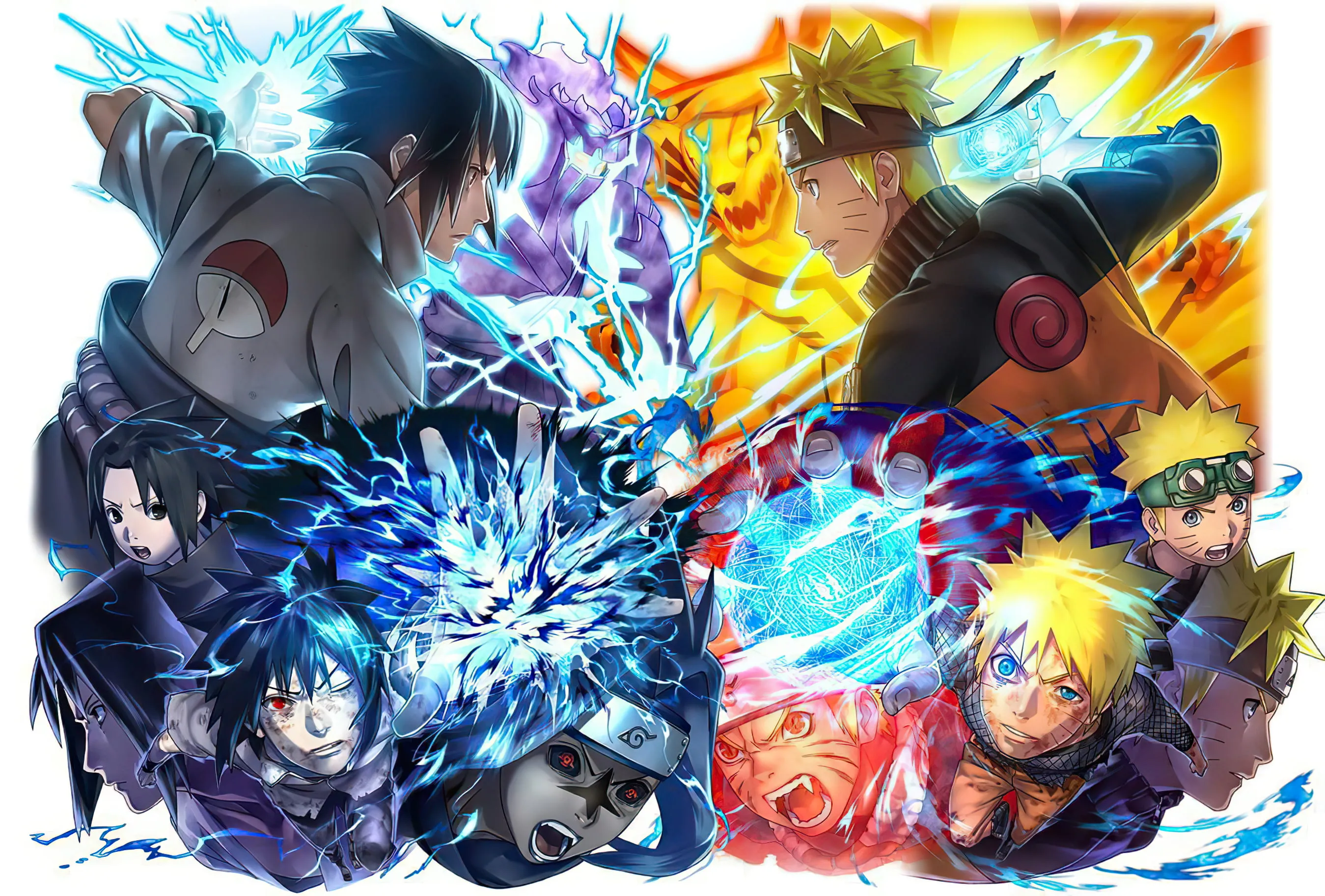Masashi Kishimoto Biography: A Look into the Mind of a Legendary Manga Artist
Masashi Kishimoto, the creator of the worldwide hit anime and manga series Naruto, is a name that has become synonymous with Japanese pop culture. His impact on the industry is immeasurable and his influence on young artists and fans is undeniable. In this article, we will take an in-depth look into the life and career of this legendary manga artist and delve into the mind behind one of the most successful franchises in recent history.

Kishimoto Masashi's early Life and Inspiration
Kishimoto was born on November 8, 1974, in Nagi, Okayama, Japan. He is the older identical twin of Seishi Kishimoto. Kishimoto has always been passionate about art and had a deep interest in manga and anime from a young age. His love for the genre was fueled by the anime shows he watched during his childhood, such as Dr. Slump’s Arale and Doraemon’s titular protagonist. He also developed a strong admiration for the work of Akira Toriyama, the author of the popular manga series Dragon Ball.
As a child, Kishimoto watched the anime shows, Kinnikuman and Dragon Ball, alongside his younger brother. He was particularly fascinated by Dragon Ball and its author Akira Toriyama, who was also the art designer for the role-playing video game, Dragon Quest. Despite not being able to afford a subscription to the Weekly Shōnen Jump magazine where the Dragon Ball manga was published, he followed the series with the help of a school friend who had subscribed to the magazine.
However, during his high school years, Kishimoto started losing interest in manga as he focused more on playing sports like baseball and basketball. It wasn’t until he saw a poster for the animated film Akira that his love for manga was reignited. He was struck by the illustrations in the film and was inspired to imitate the style of its creator, Katsuhiro Otomo.
Pursuit of a Career in Manga
As Kishimoto approached the end of his high school years, he began to focus more on drawing manga. He enrolled in an art college with the hope of becoming a manga artist. He aspired to create a Chanbara manga, as there were no titles from that genre published in Weekly Shōnen Jump at the time. However, after reading Hiroaki Samura’s Blade of the Immortal and Nobuhiro Watsuki’s Rurouni Kenshin, which used the Chanbara genre, he felt that he couldn’t compete against them.
Despite this setback, Kishimoto was determined to become a manga artist. During his second year of college, he started drawing manga for magazine contests. However, he realized that his works were similar to seinen manga, aimed at young adults, rather than the shōnen manga targeted at children. This realization prompted Kishimoto to find a way to adapt his style to fit the shōnen genre.
Influence from Anime Character Designers
Kishimoto’s breakthrough came when he watched the anime series Hashire Melos! and was struck by the character designs used by the animators. He started researching works from other animators and eventually met Tetsuya Nishio, the designer from the anime adaptation of the manga Ninku. Nishio’s style had a profound influence on Kishimoto and helped him to find his own unique style that closely resembled the shōnen genre.
Masashi Kishimoto Manga Career
Masashi Kishimoto began his career as a manga artist in the 1990s. He submitted several works to publishers but was rejected several times. Undeterred, he continued to work on his craft, studying the works of other successful manga artists and improving his own skills.
Finally, in 1997, Kishimoto’s persistence paid off. He won a one-shot manga award with his work Karakuri, which was published in Weekly Shōnen Jump magazine. This win marked the beginning of Kishimoto’s professional manga career.
The Birth of Naruto

In 1999, Kishimoto’s dream of creating a long-running manga series became a reality with the publication of Naruto in Weekly Shōnen Jump magazine. The series followed the adventures of Naruto Uzumaki, a young ninja with a dream of becoming Hokage, the leader of his village. Over the next fifteen years, the series grew in popularity, captivating audiences around the world with its compelling characters, epic battles, and touching themes of friendship, perseverance, and love.
The Success of Naruto
Naruto was a huge success, both in Japan and internationally. The series sold millions of copies, was adapted into anime and video games, and even inspired a series of feature films. Kishimoto became a household name, known around the world as the creator of Naruto.
The impact of Naruto cannot be overstated. The series has been credited with popularizing Japanese manga and anime, making them more accessible to a wider audience and inspiring a new generation of manga and anime fans.
Legacy of Naruto
Naruto is much more than just a manga or anime series. It is a cultural phenomenon that has touched the lives of millions of fans around the world. From its compelling characters to its powerful themes, Naruto has captured the hearts and imaginations of fans of all ages.
One of the biggest strengths of Naruto is its relatable characters. Naruto Uzumaki, the protagonist of the series, is a young ninja with a big heart and a dream of becoming Hokage. He is a lovable and determined character who represents the power of perseverance and friendship. Alongside Naruto are a cast of equally memorable characters, each with their own unique personalities and stories.
Another key aspect of Naruto’s success is its themes. The series explores important topics such as friendship, love, and the cost of war. It also delves into deeper philosophical questions about power, destiny, and the nature of reality. These themes are woven into the narrative in a way that is both thought-provoking and emotionally impactful.
Naruto's Influence on Pop Culture
Naruto has had a profound impact on popular culture, influencing countless other anime and manga series that have followed in its wake. Its success has also led to a proliferation of merchandise, from toys and games to clothing and accessories.
The Naruto franchise has also inspired a wide range of fan-made content, from cosplay to fan fiction to artwork. This thriving fan community is a testament to the lasting impact of Naruto and the love that fans have for the series.
After Naruto
After the conclusion of Naruto, Masashi Kishimoto became involved in the Start of a New Era project to commemorate the 15th anniversary of the manga. As part of this project, Kishimoto wrote and supervised the spin-off miniseries Naruto: The Seventh Hokage and the Scarlet Spring, as well as co-wrote the movie Boruto: Naruto the Movie. In addition, Kishimoto was involved in several light novels set during the same time period as The Last.
Kishimoto has plans for his next manga series, a sci-fi story with a unique protagonist. He intends for the series to surpass Naruto in quality and plans to release it monthly through the digital magazine Shonen Jump Plus. Kishimoto has not yet set a date for the official announcement of this new series as he wants to spend time with his family first.
In Spring 2016, Kishimoto took on the role of supervisor for the monthly manga series Boruto: Naruto Next Generations. The series was illustrated by his chief assistant Mikio Ikemoto and written by his writing partner Ukyo Kodachi. In November 2020, after 51 chapters and 13 volumes, Kodachi stepped down as writer, with Kishimoto assuming full writing duties and Ikemoto continuing as illustrator.
In December 2017, Kishimoto confirmed that he was developing a new science fiction adventure series, Samurai 8: The Tale of Hachimaru. Kishimoto wrote the script and rough storyboards, while Akira Ōkubo illustrated the final manuscript. The series debuted in Weekly Shōnen Jump in May 2019, but failed to find an audience and concluded a year later in March 2020.
Awards and Accomplishments
Masashi Kishimoto's talents have been recognized with numerous awards and accolades. Some of his notable awards include:
- Shogakukan Manga Award in the Shōnen category in 2000 for 'Naruto.'
- Kodansha Manga Award in the Best General Manga category in 2007 for 'Naruto.'
- Tezuka Osamu Cultural Prize for 'Naruto' in 2008.
- 34th Japan Cartoonists Association Award for excellence in cartoon in 2009 for 'Naruto.'
- Sondermann Cartoons Award in 2012 for 'Naruto.'
- Grand Prize at the 62nd Shogakukan Manga Award in 2016 for 'Naruto.'
- The National Book Award for Best Comic Book/Graphic Novel of 2015 for 'Naruto: The Seventh Hokage and the Scarlet Spring.'
Masashi Kishimoto Net Worth
Kishimoto’s net worth is estimated to be around $20 million. This is largely due to the success of the Naruto franchise, which has generated billions of dollars in merchandise, video games, and anime adaptations.
Personal Life
Masashi Kishimoto is not just a successful manga artist, but also has a twin brother who has made a name for himself in the same field. Seishi Kishimoto, who is known for his works such as “O-Parts Hunter” and “Sukedachi 09,” grew up with Masashi, both being fans of anime and manga.
In his famous manga series “Naruto,” the lead character, Naruto Uzumaki, has a fondness for ramen, a popular Japanese dish. This character trait was inspired by Masashi’s personal love for the dish, as he himself is an avid fan of ramen. In fact, the favorite ramen shop of Naruto, which is depicted in the manga, was modeled after Masashi’s own favorite ramen shop near the Kyushu Sankyo University, where he studied art.
Despite his busy work schedule, Masashi has been married since 2003 and is a proud father of a son. However, he has expressed regret over not being able to spend enough time with his wife due to his demanding work schedule.
Conclusion
Masashi Kishimoto is a legendary manga artist and the creator of one of the most successful manga and anime series of all time. His private life, education, career, awards, net worth, and new projects have been discussed in detail in this article. With his new project, Boruto: Naruto Next Generations, Kishimoto continues to entertain and inspire fans around the world.
